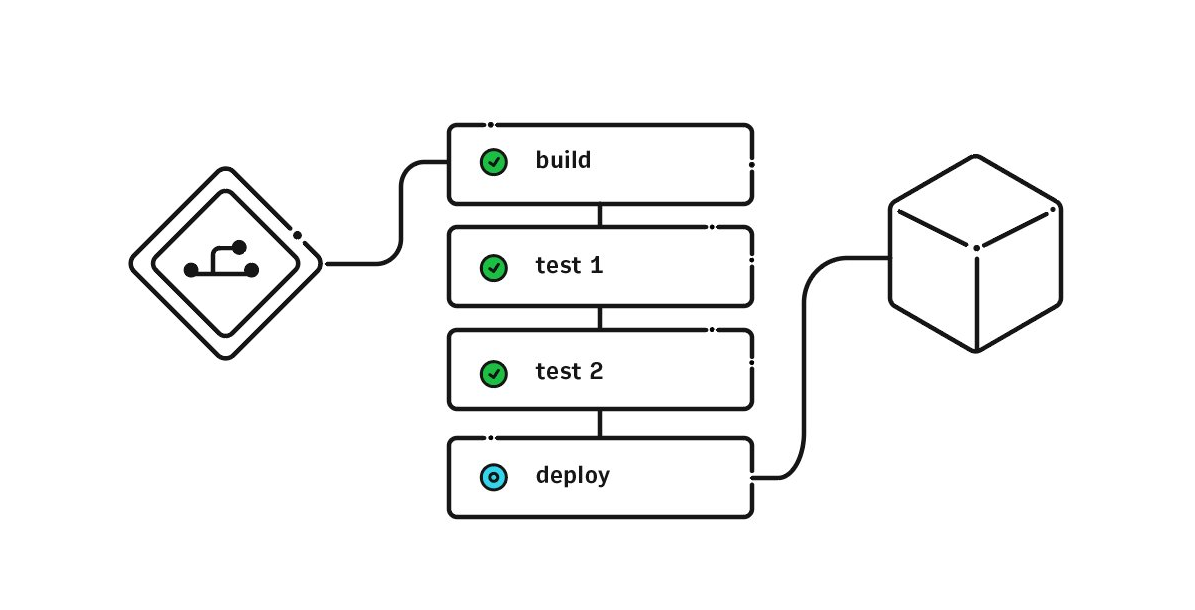Actionable and in the circuit. These are at the heart of what Progress Software’s Hub Vandervoort calls responsive process management. And that underlies his notion of real-time SOA in 3D.
“If you think of process, like a BPM diagram, it’s a 2D canvas that shows you one process at a time, like a Visio diagram,” he said. “But in fact, if my business is made up of many of these, and I stack them up like a card deck, I need (something) like a V axis to drill through that card deck and see the cross-process to understand how they’re interacting with one another.”
The idea is that information needs to be received in real time to be actionable, but even then, it’s not actionable unless you’re in a place to do something about. Usually, he noted, business intelligence surfaces information in a timeline that isn’t actionable: You get a report at the end of the day or month. That allows you to change your process in the future but leaves you unable to act on something like a sales opportunity that was missed. He gave the following example:
“If I got a report 5 picoseconds after a patient has died that he was having an irregular drug interaction, the report is lightning fast but the guy’s still dead, right? I need the information in a timeframe that I can actually do something about it. But that’s visibility. If I can’t actually do something about it, even if it’s actionable information, if I’m not in a place where I can stop it, it’s really not real time yet.
“The other half of real time I always assert is you have to be in the circuit. The metaphor is that if I’m watching cars drive around a racetrack at 150 miles an hour, I can take a picture of one that was about to spin out and it would fully develop over my LCD screen. The problem is I’m siting up in the stands, I’m not down in the driver’s seat where I can do something about it. Unless you’re in the circuit, even actionable information isn’t real time enough.”
#!
Vandervoort, the CTO of SOA infrastructure products at Progress, went on to describe a typical online bookstore and the multiple processes it is running simultaneously. The owners of the bookstore need to look at all incoming orders. Supply chains, for instance, must consider what books are coming in from Addison-Wesley and McGraw-Hill and O’Reilly all day long, and what books are going out through UPS and FedEx and DHL.
“Those are three different processes that run in three different parts of the business, owned by three different owners in the business, and even though they may not be using BPM to specifically design the process, you can think of each one of those as a BPM process,” said Vandervoort. “All three processes run simultaneously, so they look like they’re freewheeling on their own. They don’t look interconnected.
“The second thing is they’re run by three separate people who never talk to each other. I can actually watch one try to optimize his process and inadvertently de-optimize the other guy’s process without realizing it. Then the third thing that happens is that these things are matrixed in a way that they not only run simultaneously but if one box doesn’t show up from O’Reilly with 144 books in it, you now have to look to the side and say, ‘Well wait, which 144 orders are impacted by this?’ and then reach over to the delivery chain and say, well, these are the packages I want to ship and then send a coupon to the customers to keep them happy for it being backordered, these are the ones I’m going to hold because I’m going to actually get the book in time to still make my SLA, but I don’t want to double-ship, or I want to go out and find the book from a third-party supplier at a slightly higher cost but less than the cost of double-shipping. If I could do that once a day, I could do it thinking on my feet, but if I could do it 10,000 times a day, my head’s going to explode.
“I need visibility across all those processes to be able to make those kinds of decisions in real time,” he continued. “Just surfacing the visibility doesn’t actually start and stop packages, it doesn’t start reorder processes with third-party suppliers, and it doesn’t launch coupons off to customers. I need control for that. This is where we can inject the control with auxiliary processes and real-time controls in other processes to do that.”
And that’s SOA in 3D: the ability to gain visibility into multiple processes, and to act on the information in real time. “And what’s equally interesting is that the most calamitous problems, the really gnarly stuff, the really nasty stuff, doesn’t usually happen within a single process,” Vandervoort said. “It usually happens when two or more processes either come together in unexpected ways, or fail to come together in expected ways, where my ordering process doesn’t align with my inbound supply-chain process, and that doesn’t connect to my outgoing order process or fulfillment delivery process. If those things don’t work together, I have things on the loading dock that should have shipped, I have things that didn’t ship when they should have, I don’t have backorders ordered and all kinds of customer staff problems in the process.”






